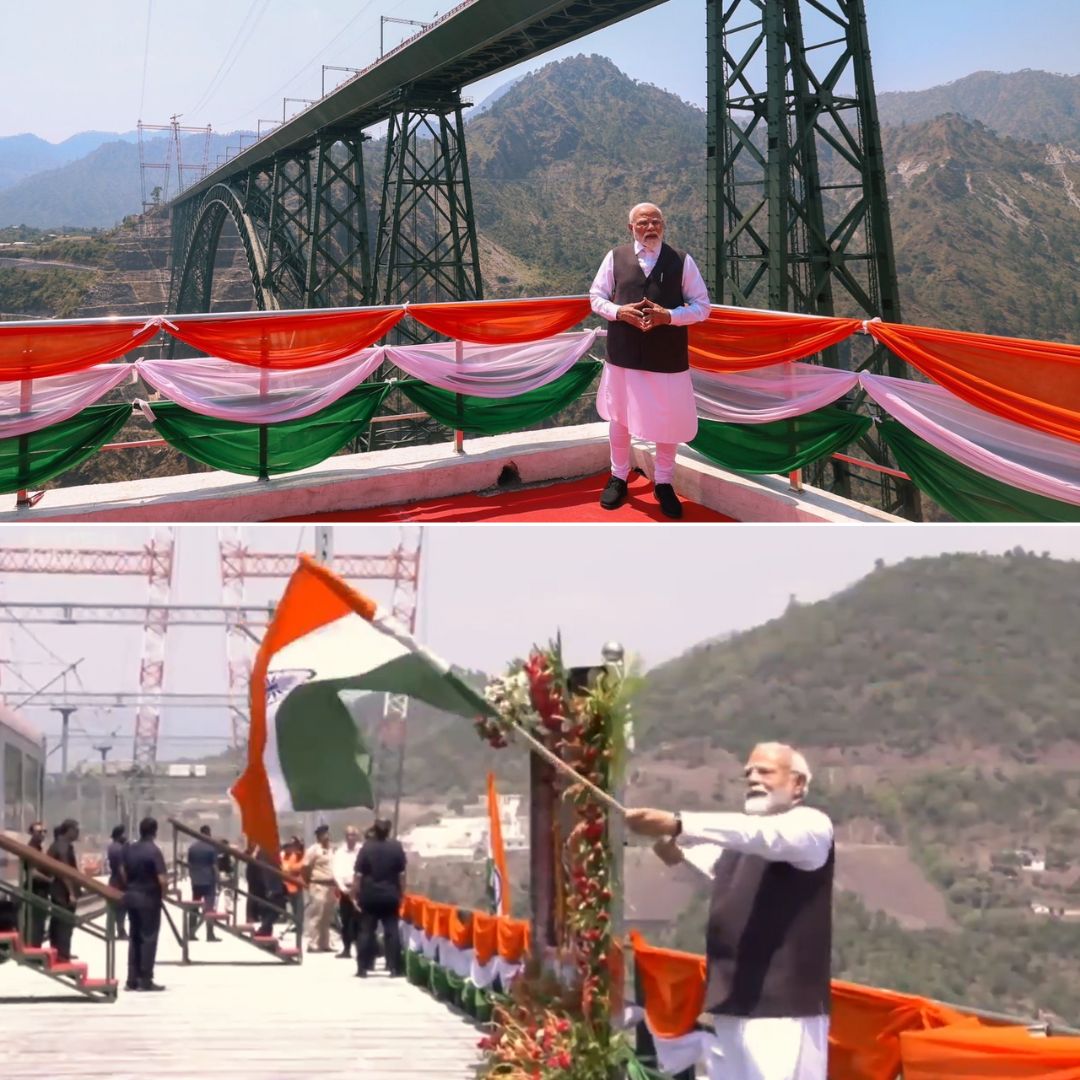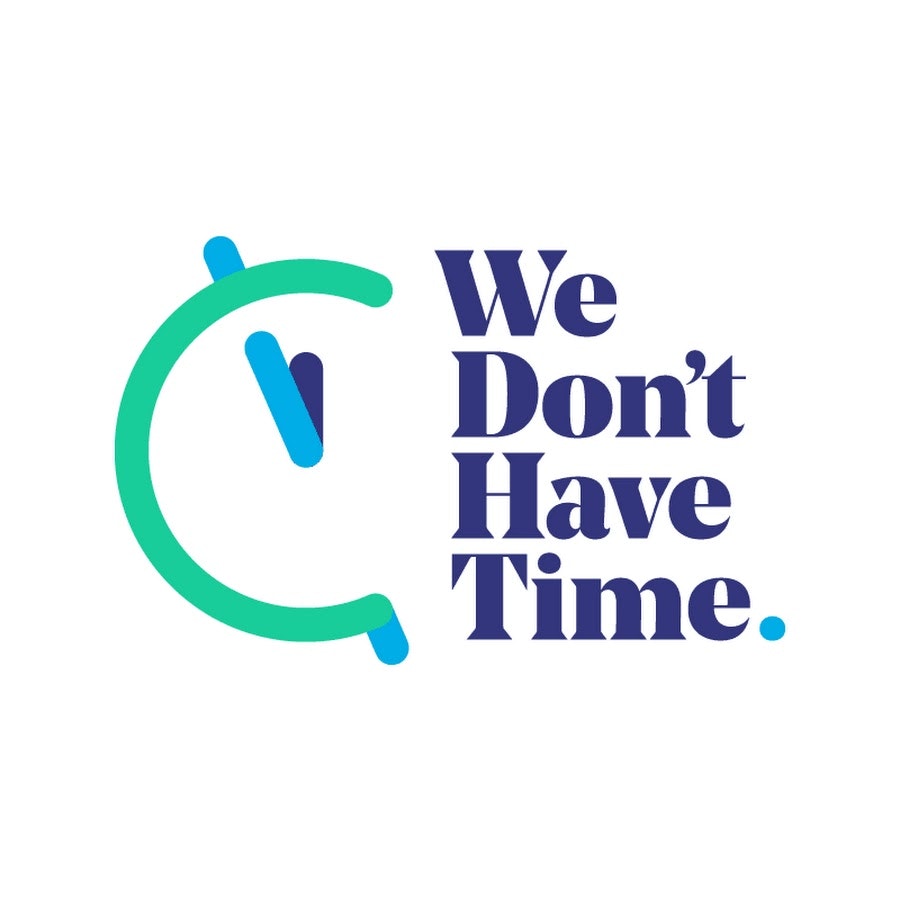On June 6, 2025, Prime Minister Narendra Modi inaugurated the Chenab Railway Bridge in Jammu and Kashmir’s Reasi district, officially opening the world’s highest railway arch bridge and a landmark in India’s infrastructure history. Standing 359 metres above the Chenab River, this engineering marvel connects the Kashmir Valley to the Indian railway network for the first time, promising enhanced connectivity, economic growth, and tourism.
The inauguration ceremony also featured the launch of two Vande Bharat Express trains between Katra and Srinagar and the unveiling of India’s first cable-stayed rail bridge at Anji Khad.
Government officials praised the achievement as a symbol of national unity and technological excellence, while opposition leaders highlighted the decades-long, multi-government effort behind the project.
Engineering Marvel Connects Kashmir to the Mainland
The Chenab Bridge is a colossal structure, towering 359 metres above the Chenab River—35 metres higher than the Eiffel Tower—and stretching 1,315 metres in length. Built at a cost of approximately ₹1,486 crore, the bridge was designed to withstand the extreme Himalayan environment, including seismic activity and wind speeds reaching 266 km/h.
It incorporates 28,660 tonnes of steel and forms a critical link in the 272-km Udhampur–Srinagar–Baramulla Rail Link (USBRL) project, which includes 36 tunnels and 943 bridges, costing nearly ₹43,780 crore in total. During the inauguration, PM Modi described the bridge as “an extraordinary feat of architecture and engineering,” emphasising its potential to transform the region by boosting tourism, trade, and employment opportunities.
Jammu and Kashmir Chief Minister Omar Abdullah called the day “a landmark in the history of J&K,” expressing hope that the bridge would foster greater integration and prosperity. Railway engineers and workers, who dedicated years to the project, also expressed immense pride, viewing the bridge as a symbol of Indian ingenuity and perseverance.
A Century-Old Dream Realised After Decades of Effort
The dream of linking Kashmir to the rest of India by rail has a long history, dating back nearly a century. The Chenab Bridge project was formally sanctioned in 2003, but its roots stretch to earlier plans initiated in the 1990s. The project was declared a national priority in 2002 under Prime Minister Atal Bihari Vajpayee’s government.
Over the years, multiple administrations, including the Congress-led governments under Prime Ministers Narasimha Rao and Manmohan Singh, contributed to the project’s progress by inaugurating various sections of the USBRL. Opposition leaders have emphasised this multi-generational effort, calling for recognition of all contributors.
The bridge’s completion comes at a time of heightened security concerns, following Operation Sindoor, India’s response to the April 2025 Pahalgam terror attack, underscoring the strategic importance of improved connectivity in the region. The construction involved collaboration between Indian companies such as Afcons Infrastructure and international firms like South Korea’s Ultra Construction & Engineering Company, highlighting global expertise combined with local determination.
🚨 PM Modi will inaugurate the Chenab bridge, the world’s highest railway arch bridge, and flag off Vande Bharat trains between Katra and Srinagar in Jammu and Kashmir. pic.twitter.com/dt0iToIqkX
— Indian Tech & Infra (@IndianTechGuide) June 5, 2025
The Tricolour flies high over the Chenab Rail Bridge!
— Narendra Modi (@narendramodi) June 6, 2025
It’s a feeling of immense pride that this bridge seamlessly blends ambition with execution, reflecting India’s growing capability to build futuristic infrastructure in the most challenging terrains. pic.twitter.com/PrqELwfO7k
The Logical Indian’s Perspective
The inauguration of the Chenab Railway Bridge is not merely an engineering triumph; it is a powerful symbol of unity, resilience, and hope for Jammu and Kashmir and India as a whole. This bridge physically and metaphorically bridges divides, connecting communities long separated by geography and conflict.
It opens doors to economic development, tourism, and social integration, offering a pathway to peace and prosperity in a region that has endured decades of unrest.
The Logical Indian recognises the collective effort spanning governments, engineers, workers, and citizens that made this dream a reality. As we celebrate this milestone, it invites us to reflect on how infrastructure projects can be catalysts for peace, inclusion, and sustainable growth. How can India leverage such transformative initiatives to foster harmony and equitable development in Jammu and Kashmir and beyond?
Tomorrow, 6th June is indeed a special day for my sisters and brothers of Jammu and Kashmir. Key infrastructure projects worth Rs. 46,000 crores are being inaugurated which will have a very positive impact on people’s lives.
— Narendra Modi (@narendramodi) June 5, 2025
In addition to being an extraordinary feat of… https://t.co/cPJ15HqOTb
PM Shri @narendramodi ji waves the Tiranga atop the Chenab Bridge: the world’s highest railway arch bridge.
— Satya Kumar Yadav (@satyakumar_y) June 6, 2025
A symbol of New India’s resolve, J&K’s rise & strength of 1.4 Billion Indians! 🇮🇳 pic.twitter.com/hZhu9HPhAC












